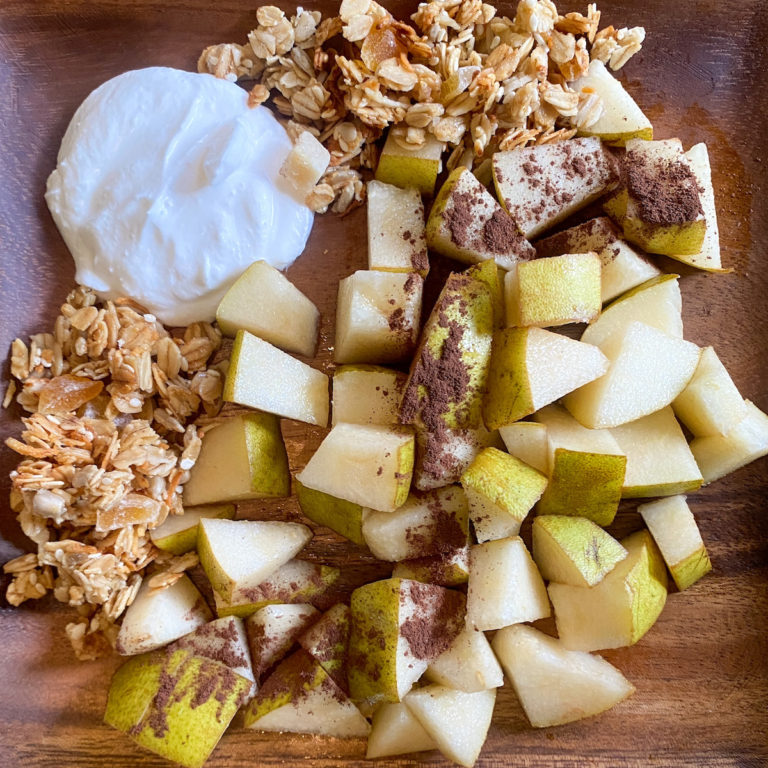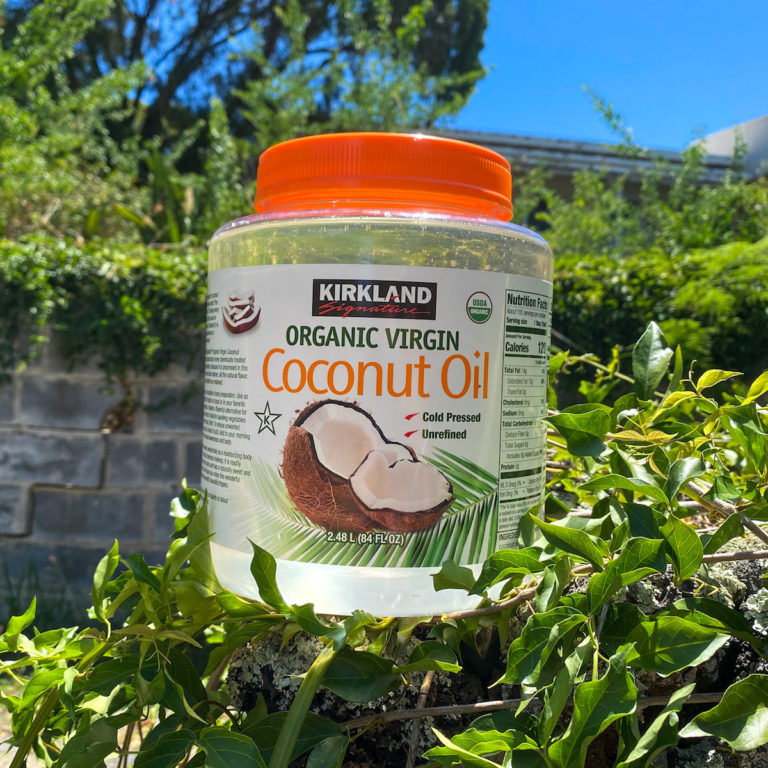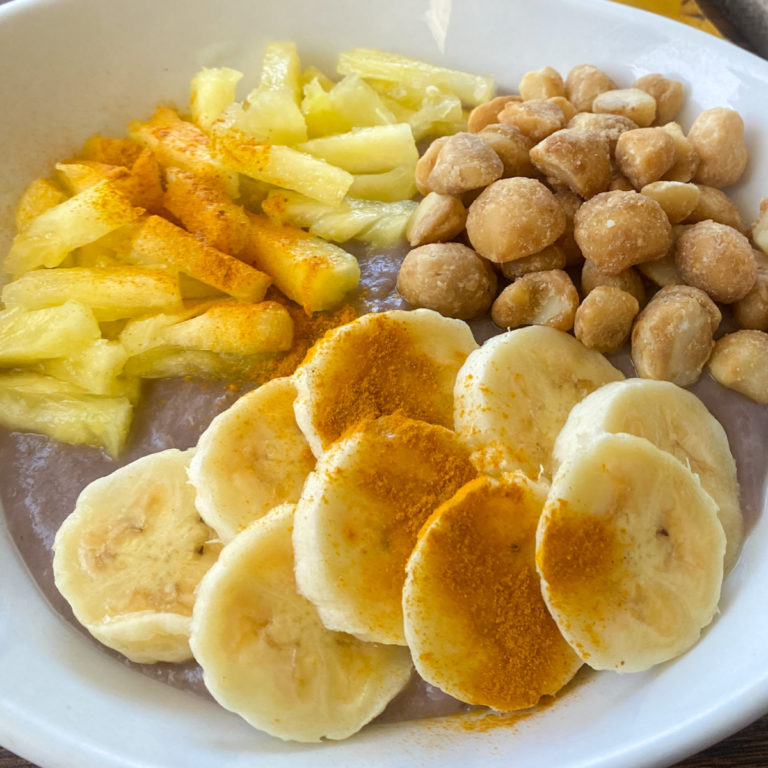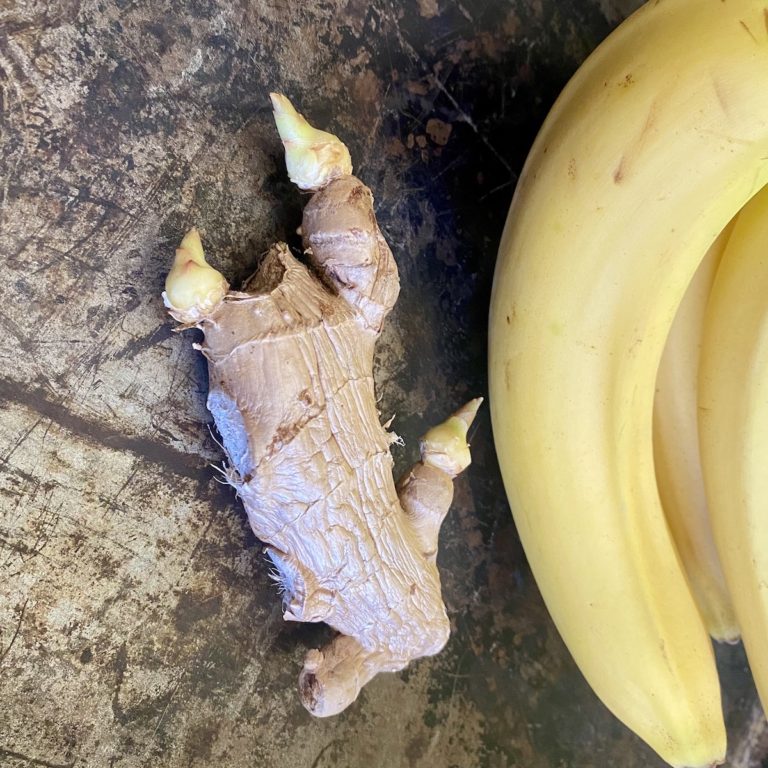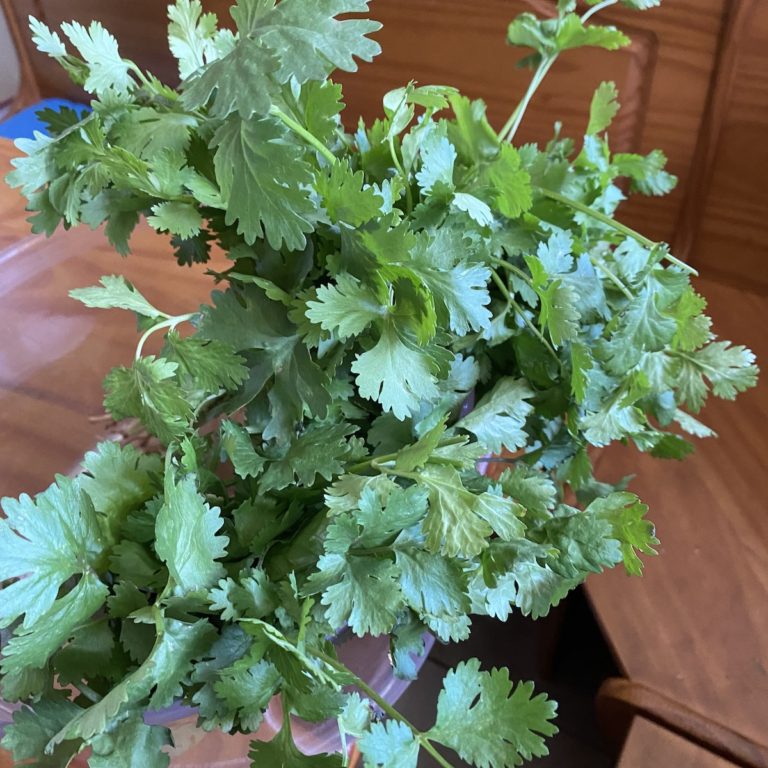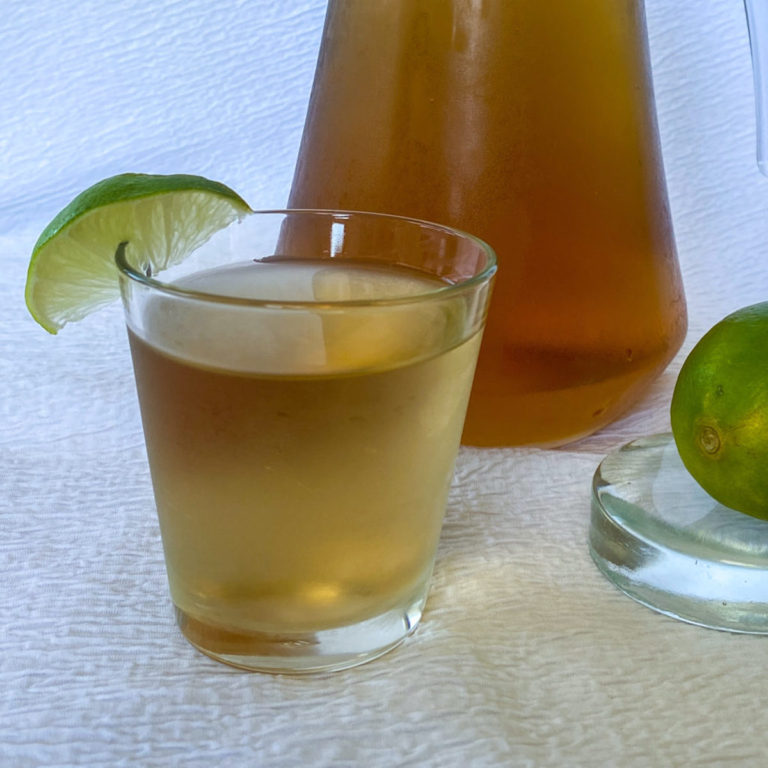Broccoli Udon Stir Fry Recipe With Inamona & Nanami Togarashi
Broccoli and inamona add some bulk and umami to this cravable vegetarian dish, lending the perfect blend of flavors when miked with a healthy dose of carrots, garlic, and a touch of spice.
Things that come to mind when I think of this broccoli udon stir fry recipe with inamona and nanami togarashi:
- Mmm… fresh noodles
- I want to eat this with chopsticks
Broccoli Udon Stir Fry Recipe With Inamona & Nanami Togarashi – Ingredients:
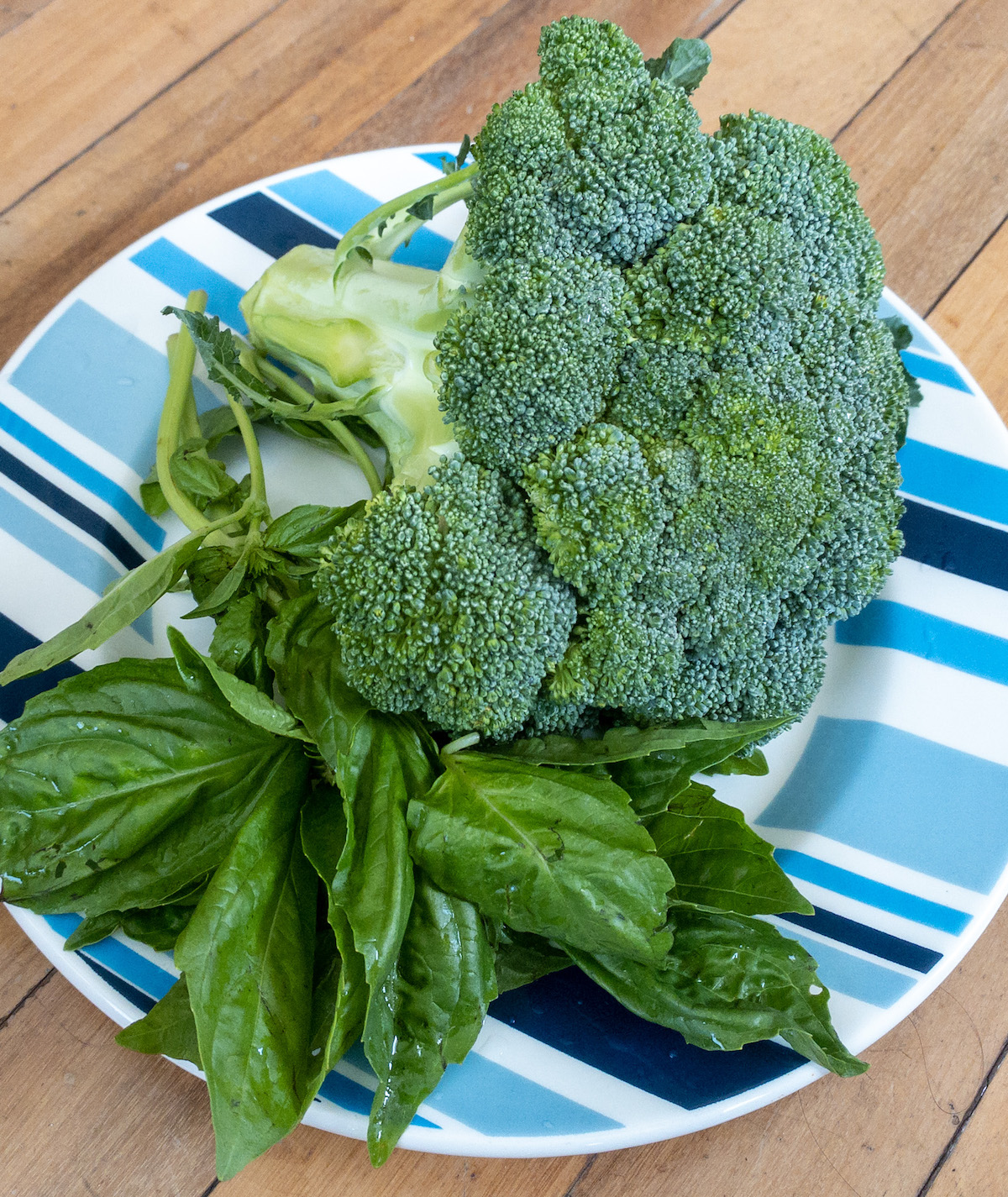
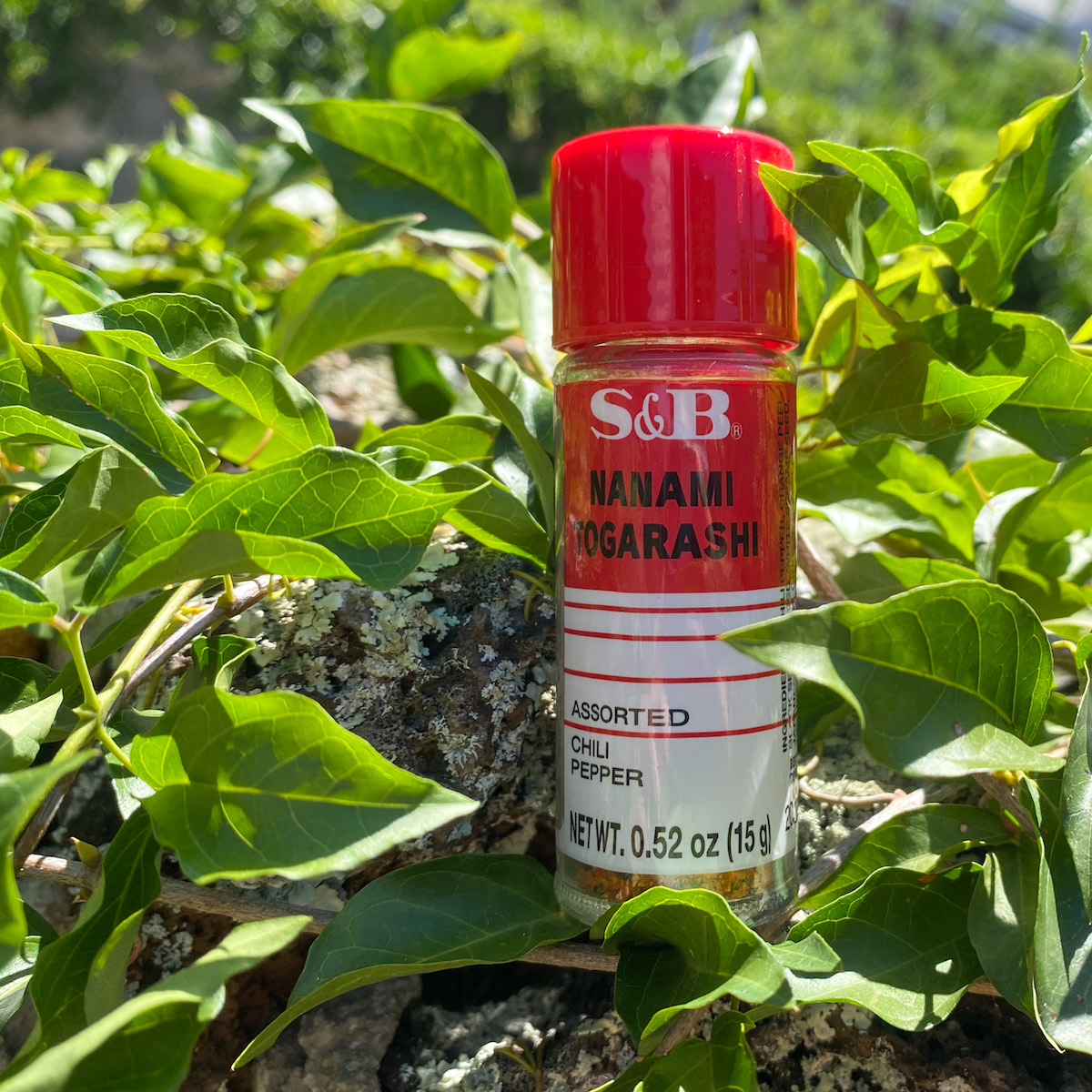
- 1-2 large heads of broccoli, florets chopped into bite size pieces, stems diced
- 1 carrot, cut into small pieces (like matchsticks) or finely diced
- 4-5 garlic cloves, minced or crushed
- 1 package fresh udon noodles, cooked and drained
- olive or vegetable oil for frying
- 2 Tbsp sesame oil for finishing (optional)
- 1 small bunch basil, cut or torn into pieces
- 1 tsp Nanami Togarashi (or sub crushed red pepper)
- 3 Tbsp Inamona (or sub roasted and finely chopped nuts)
Instructions:
- Cook and drain udon noodles, giving it a quick rinse in cold water after draning to stop the noodles from overcooking
- Heat pan over medium-high and add oil for frying.
- Fry broccoli and carrots. Stir only often enough to thoroughly cook all veggies. You don’t want to stir constantly, because you want some of your veggies to brown where they’re in contact with the pan for that extra-yummy flavor
- Stir in your minced or crushed garlic
- Stir in the udon noodles, adding more oil if necessary to prevent sticking. Fry until some of the noodles have browned where they come in contact with the pan.
- Turn off the heat and add sesame oil, nanami togarashi, and inamona
- Add basil, stir it in and let the residual heat wilt it
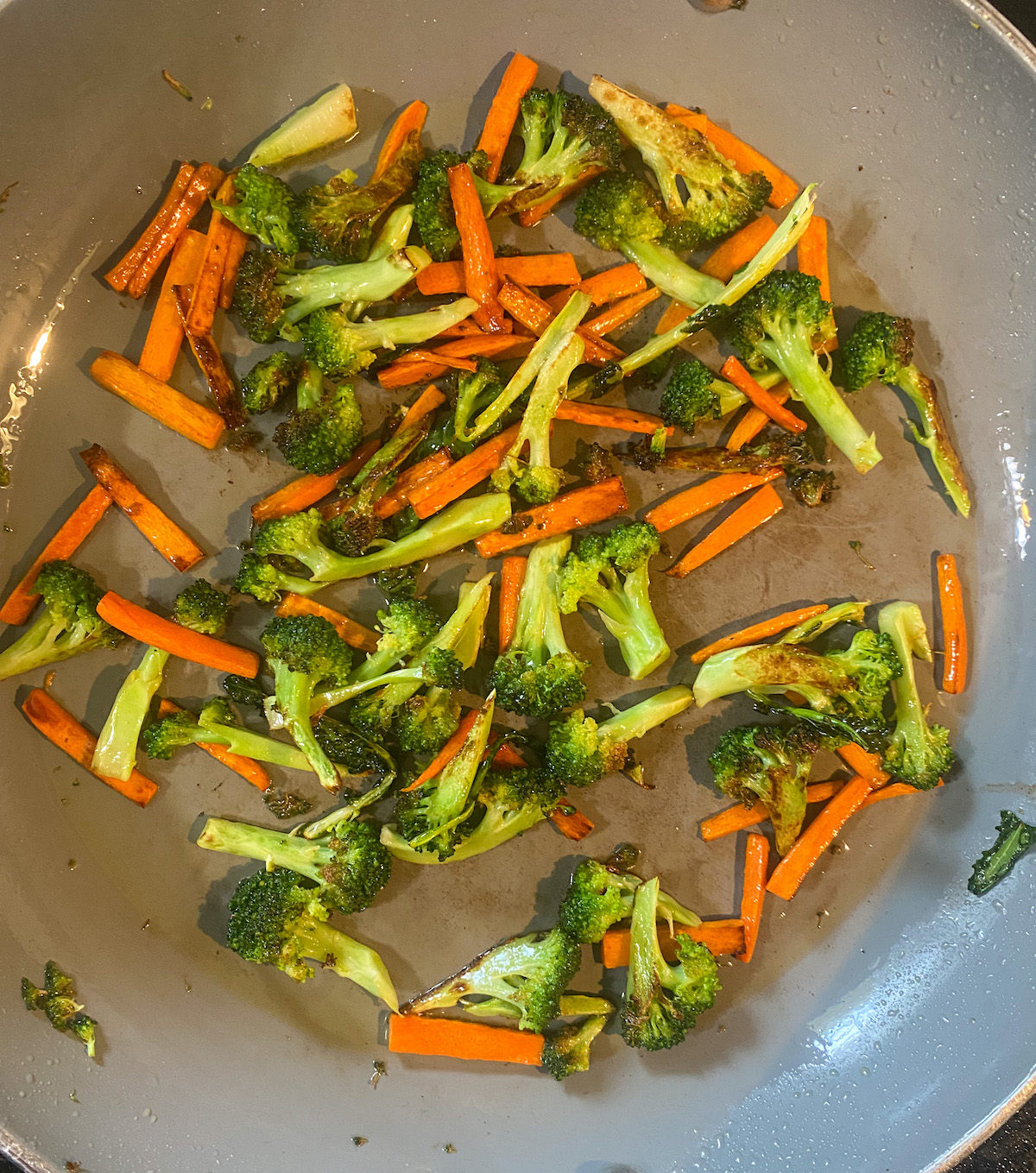
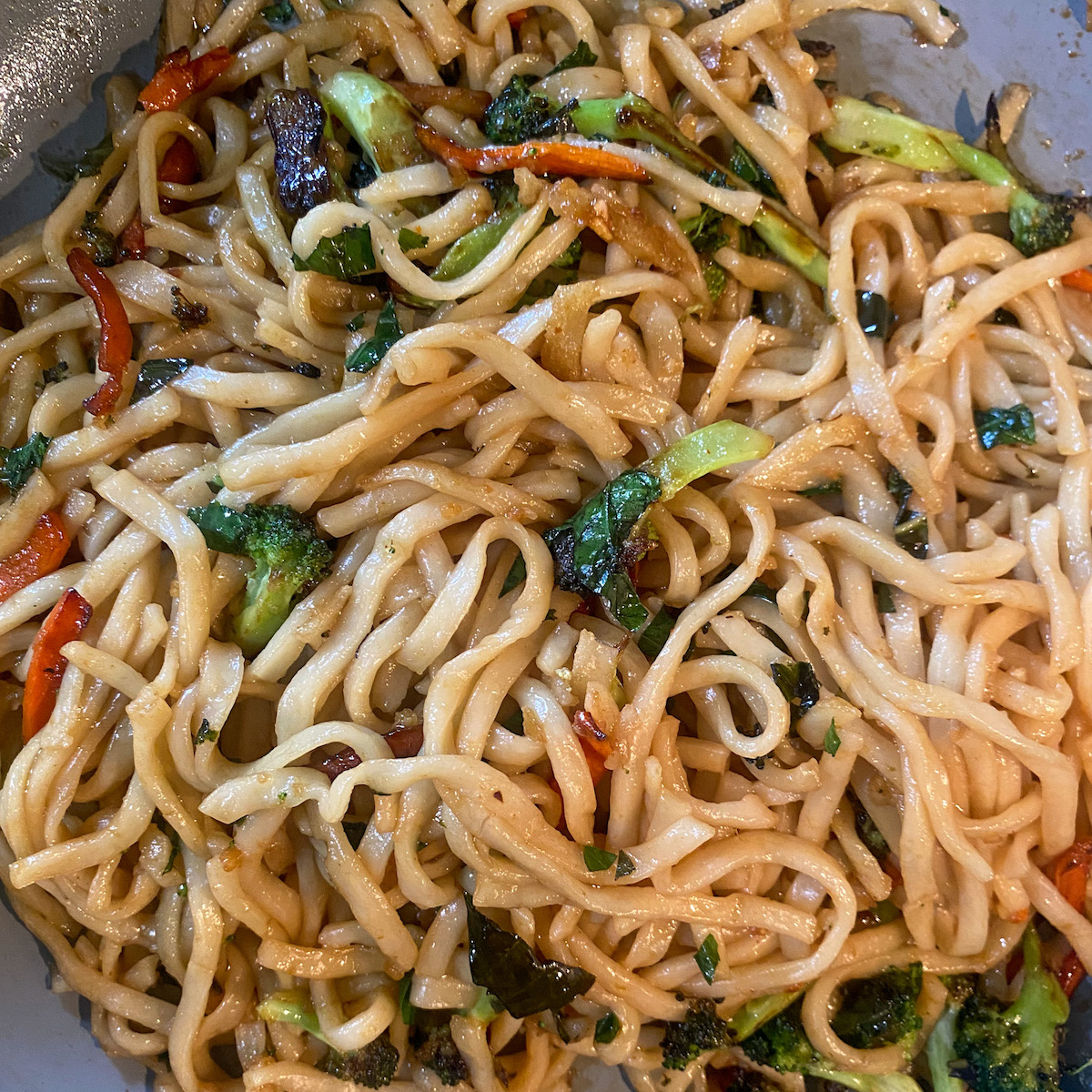
Broccoli Udon Stir Fry Recipe With Inamona & Nanami Togarashi – Notes & Random Research
I want to talk about some of the more exotic ingredients first.
Inamona is roasted, finely chopped kukui nut (candlenut). It’s a condiment that I believe was originally intended to with poke, and that’s how you’ll see it used most often.
But I like to go broader with it’s use. It’s a nut so you know there’s protein, fiber, and other good stuff in there, plus its effing delicious, so why not use it more than just poke?
Disclaimer: you don’t want to eat a lot of this in one sitting though, as it’s known for helping you poop.
In Hawaiʻi, inamona can often be found in the grocery store near the fish, laulau, kalua pork, etc. Basically look for seafood or Hawaiian food. It’ll be refrigerated, and that’s how you want to store it at home too – in the cold. Keep it in the refrigerator, or even better, the freezer. Don’t worry, it won’t actually freeze on you. It’ll just keep things fresh (it seems like it lasts forever with no discernible drop in quality) and prevent clumping.
You can also make inamona yourself by gathering, drying, roasting, cracking, and grinding the nuts. It’s a lot of work and waiting time between gathering and the point where you can eat it, but you walk away from the experience proud, with one more fun skill up your sleeve, plus a whole bunch of really really good inamona.
Assuming it’s is available in your area, I suggest you look for an inamona workshop if you really want the best experience. I learned how at Paepae o Heʻeia in a workshop coordinated by Slow Food Oʻahu.
Now onto Nanami Togarashi, a japanese favorite. Its ground red chili pepper blendthat adds a touch of spice to dishes. It really ups the flavor factor, and as long as its used sparingly, it won’t overwhelm your food with heat/spice.

